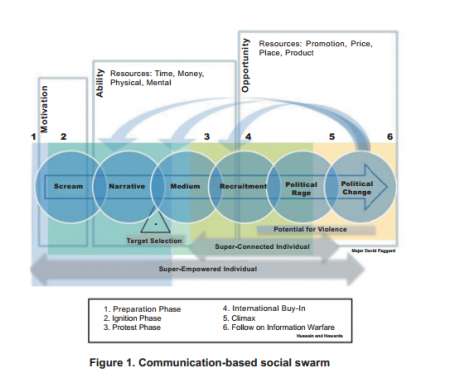The GSE Public-Private Hybrid Model Flunks Again: This Time It’s the Federal Home Loan Bank System (Part 1)
The Stoop (NYU Furman Center)
MARCH 4, 2024
As GSEs, they were highly limited in their permitted activities but given a preferred market position, along with the subsidies and privileges needed to deliver a public policy benefit to the public. As an example of their lobbying power, in 2004 and 2005 the George W. More political than commercial.












Let's personalize your content